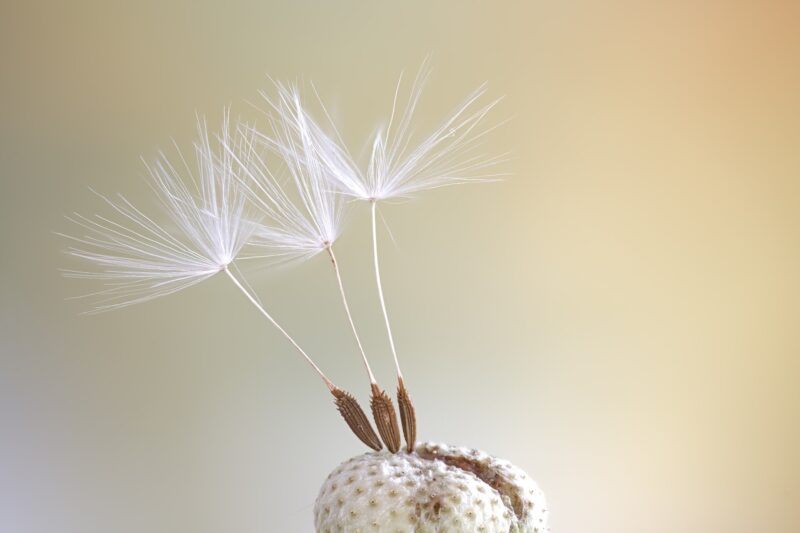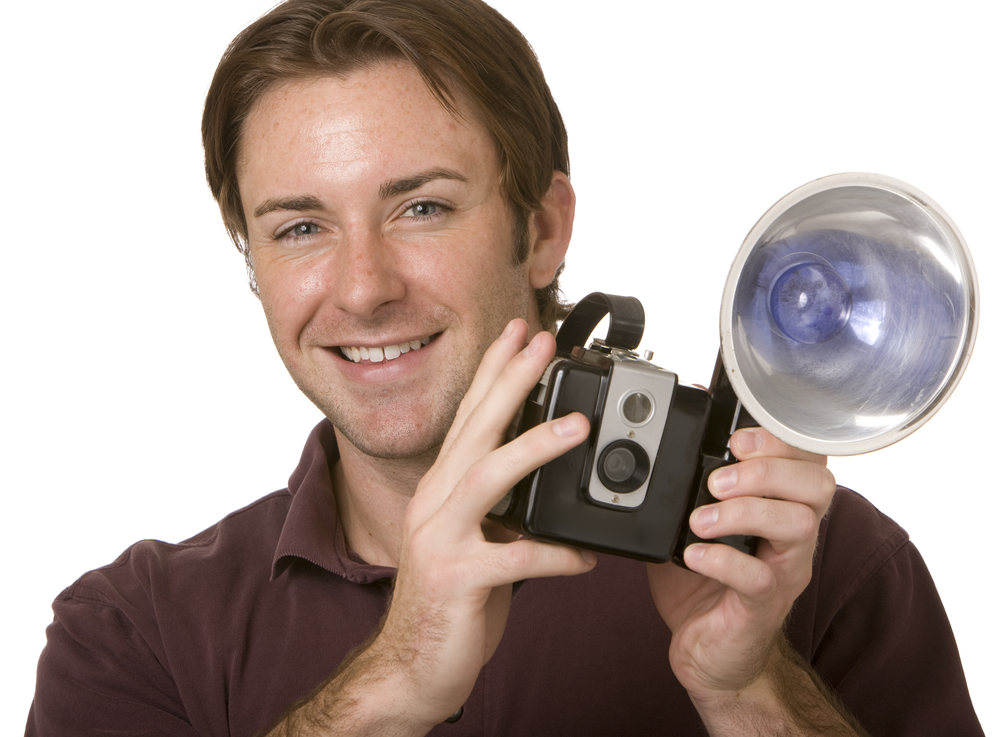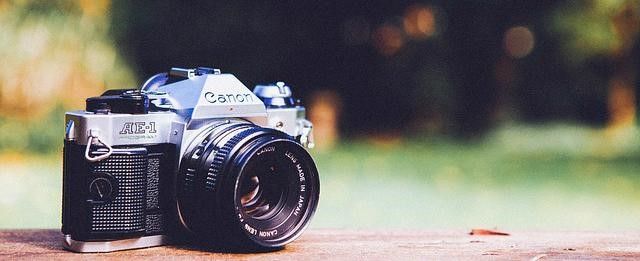Macro photography is a fascinating art of magnifying the little things around you with a camera. See bugs and flowers in interesting perspectives.
This particular photography genre might be intimidating for beginners. But the best way to improve your skills is to get out there and start shooting. Have these do’s and don’ts in macro photography at your fingertips.

The Do’s
-
Mind Your Working Distance
You don’t want that butterfly you’ve been eyeing to flutter away!
The distance between your lens and your subject matters. Scaring away your subject is the last thing you want to do. You also don’t want to block light to nail that perfect shot.
The recommended distance is at least 15 centimetres away from your subject. If possible (depending on what lens you use), stay at a further distance than that.
-
Use a Ring Flash
Sometimes you need something extra like a ring flash.
The light that a ring flash emits is even. Unlike the harsh light that an on-camera flash produces.
A ring flash that fits around your camera lens gives a lovely soft look to your images. Bring out the best detail and texture of your macro photography subject.
-
Avoid Shadows
You may cast shadows over your subject if you get too close. It’s not an ideal element that you want to feature in your image.
It’s recommended that you get a 100mm to 150mm lens to avoid casting shadows. The lens will give you a larger working distance for macro photography.
-
Try Different Angles
Placing your subject right in the centre of your image can be boring. The best part about macro photography is turning something ordinary into extraordinary.
Experiment with different angles and perspectives. Capture your subject in a way that’s unique and compelling.
Create a stronger and dynamic composition by moving your subject off the centre.
-
Treat Your Subjects Ethically
You might get carried away and forget that you’re photographing a live creature.
Treat your subject ethically and mind your surroundings. Make sure you’re not disrupting their habitat.
It’s not ideal to place your subject somewhere that’s out of their element for the sake of a perfect image. So treat them nicely!
-
Practice Patience
Macro photography requires lots of practice in terms of photography skills and patience.
You may want to get the best result straight away but that takes time. Practice a good habit and you will reap the rewards.
The Don’ts
-
Pick a Noisy Background
When it comes to macro photography, your subject is your star.
A busy or noisy background is distracting. It drowns the focus of your image.
When you’re about to shoot your subject, pay attention to your background too. Are there too many colours? Does it complement your subject?
Avoid a busy background by choosing a uniform colour such as green, brown or white. Something that’s simple. You may also try different angles to see if the background can improve.
Another tip is to add something like a fabric or a leaf to create a uniform background.
-
Shoot a Dirty Subject
This is more common when you’re shooting flowers, especially if they’re close to the ground.
If too much dirt is present then it would be wise to move on to another subject. But if you can easily clean it then you can still use it as your macro photography subject.
-
Shoot Under Harsh Light
It’s not advisable to shoot in the middle of the day. The sun is high and the light is harsh.
There are 2 problems that this can cause: difficulty in exposing your image and shadows. An ideal time would be early morning, during the golden hour or late afternoon when the light is softer.
-
Not Holding the Camera Properly
Macro photography boasts crisp images. So how you hold your camera counts!
You have to keep your gear steady to avoid blurry images.
One of the things that can help you is a tripod. Other than that is placing your elbow on something stationary like a table or against your stomach.
You can learn how to hold your camera properly from a photography tutor for the best result. Take a macro photography course to learn more about the craft. Browse through macro photography courses from websites such as AllPhotographyCourses.com. Choose the perfect macro photography course that fits your needs.
-
Shoot Down
Instead of shooting down on your subject, get on their level.
This creates a stronger perspective for your image. It gives off a sense of intimacy and an emotional connection with your subject.
So get down and dirty if you have to.
-
Ignore Your Subject’s Best Detail
Take some time to observe your subject and figure out its best detail.
Say you want to take a photo of a sunflower. Perhaps it’s the vibrant yellow petals that attracted you? Does it have a unique centre? Don’t ignore its interesting features.
You can turn a simple flower into an exceptional image through macro photography.
There is a limitless amount of subjects for macro photography. Start photographing what inspires you and pursue your passion.












Add Comment